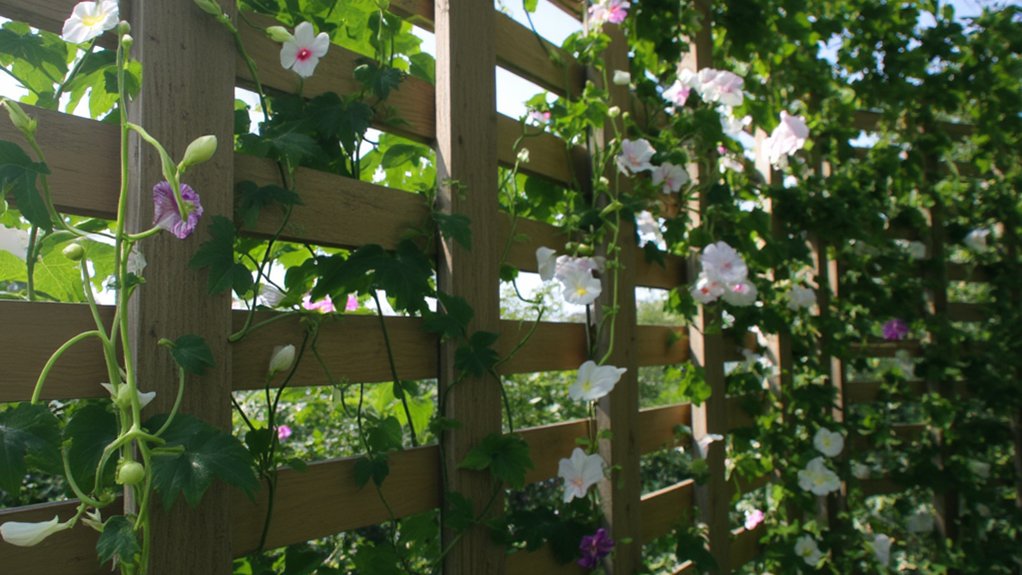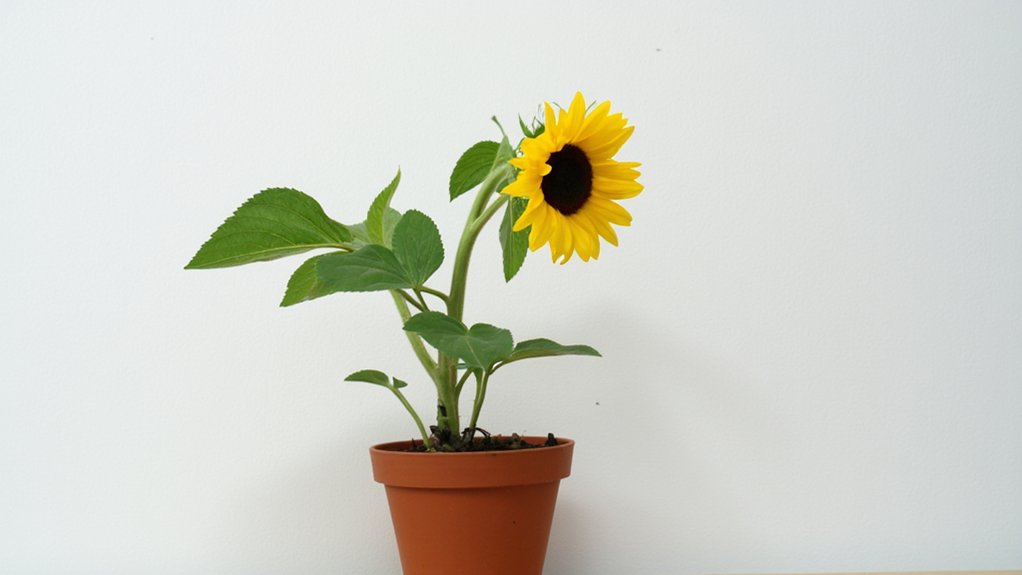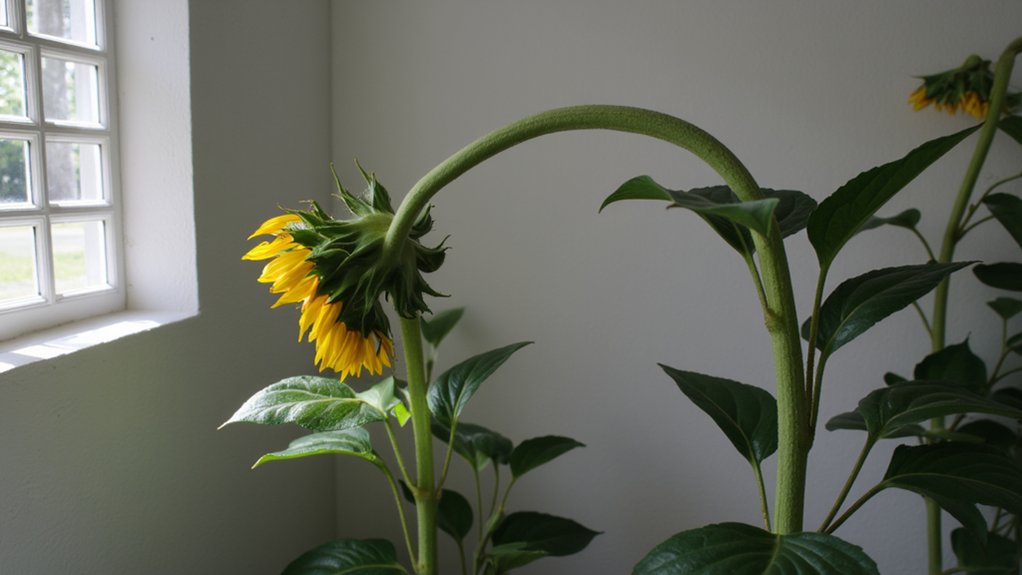You’ve probably noticed how some plants seem to dance in slow motion, reaching for sunlight or wrapping around supports. While these movements might appear mysterious, they’re actually calculated responses driven by sophisticated biological mechanisms. Plants can sense and react to their environment through specialized cells and hormones, allowing them to bend, twist, and stretch with surprising precision. The science behind these movements reveals a complex world of plant behavior that challenges our understanding of what it means to be “rooted in place.”
Contents
- 1 Types of Plant Movement: From Subtle Shifts to Dramatic Responses
- 2 Breaking Down Tropisms: How Plants Navigate Their World
- 3 The Role of Plant Hormones in Movement
- 4 Remarkable Examples of Plant Motion in Nature
- 5 Cellular Mechanisms Behind Plant Movement
- 6 Environmental Triggers That Spark Plant Response
- 7 Evolution of Plant Movement Capabilities
- 8 Current Research in Plant Movement Studies
- 9 Practical Applications of Understanding Plant Movement
Types of Plant Movement: From Subtle Shifts to Dramatic Responses

While most people think plants are stationary beings, they actually engage in various types of movement throughout their lives. You’ll find plants performing tropisms, where they move in response to external stimuli like light, water, or gravity.
You can observe thigmotropism when a climbing vine wraps around a support structure, while phototropism causes stems to bend toward light sources within 1-3 hours. Some plants display rapid movements, like the Venus flytrap’s famous 100-millisecond snap or the touch-me-not plant’s leaves that fold in less than a second when touched.
There’s also circadian movement, where flowers and leaves follow daily patterns based on the sun’s position.

Plant movements may seem random, but they’re actually sophisticated navigation systems guided by specific environmental cues. These directed growth responses, called tropisms, help plants optimize their survival in changing conditions.
You’ll find several types of tropisms in your garden: phototropism (response to light), gravitropism (response to gravity), and thigmotropism (response to touch). When you see a sunflower tracking the sun or a vine wrapping around a pole, you’re witnessing these systems in action.
Each tropism involves plant hormones, particularly auxin, which triggers cells to elongate or contract. This creates the bending and turning movements you observe in growing plants.
The Role of Plant Hormones in Movement

Inside every growing plant, a complex orchestra of hormones conducts an intricate dance of movement and growth. You’ll find auxin, the lead conductor, directing cells to elongate and bend toward light or gravity, while cytokinin and gibberellins work behind the scenes to promote cell division and stem growth.
When you’re watching a vine climb or a sunflower track the sun, it’s auxin that’s making it happen. The hormone flows to the shaded side of stems, causing cells there to grow longer than those on the sunny side. This uneven growth results in the characteristic bending you see as plants reach for light.
Remarkable Examples of Plant Motion in Nature
Nature’s most fascinating displays of plant motion go far beyond simple hormone-driven bending. You’ll find Venus flytraps snapping shut in under a second, and sensitive plants folding their leaves instantly when touched.
Watch a morning glory’s tendrils complete a full circular motion every 90 minutes as they search for support, while sunflowers track the sun’s daily path from east to west. The telegraph plant’s small side leaflets rotate in tiny elliptical patterns every three minutes.
If you’re patient enough, you can observe the corpse flower’s 6-foot bloom unfurling over 48 hours, releasing its notorious scent to attract pollinators.
Cellular Mechanisms Behind Plant Movement
While these remarkable plant movements may appear magical, they’re driven by sophisticated cellular machinery working behind the scenes. You’ll find specialized cells called motor cells that can rapidly change their water content through osmosis, causing them to swell or shrink.
When you look closely at a Venus flytrap’s snap, it’s actually triggered by tiny pressure-sensitive hairs that activate ion channels. These channels cause an electrical signal to spread through the trap’s cells, leading to a rapid change in cellular pressure.
In climbing vines, you’ll see cells responding to touch stimuli by releasing calcium and plant hormones, causing asymmetric growth that enables twining movements.
Environmental Triggers That Spark Plant Response
Environmental factors play essential roles in triggering plant movements, with light, temperature, and touch serving as key stimuli. You’ll notice how sunflowers track the sun’s path, rotating their heads up to 180 degrees throughout the day in a process called heliotropism.
When you touch a Venus flytrap’s trigger hairs, you’re activating mechanoreceptors that’ll snap the trap shut in less than a second. Temperature changes can prompt tulip petals to open and close, while gravity’s pull causes roots to grow downward through gravitropism.
Water availability also triggers movement, as you’ll see when a plant’s leaves curl inward during drought conditions.
Evolution of Plant Movement Capabilities
Throughout millions of years, plant movement capabilities have evolved from simple tropisms to complex mechanisms like rapid-snap traps. You’ll find that early land plants developed basic growth responses to light and gravity around 470 million years ago, while more sophisticated movements emerged later.
Today, you can observe this evolutionary progression in various species. Venus flytraps, which evolved from a common sundew ancestor 70 million years ago, showcase one of nature’s fastest movements. Their snap-trap mechanism closes in just 100 milliseconds, demonstrating how far plant mobility has come from its primitive beginnings.
Current Research in Plant Movement Studies
Modern research into plant movement has revealed fascinating mechanisms we’d never imagined possible. You’ll find scientists using advanced imaging technology, like time-lapse microscopy and 3D motion tracking, to study how plants respond to their environment at the cellular level.
Recent studies at major botanical institutes have shown that plants communicate through electrical signals, similar to animal neurons, when coordinating their movements. You can observe this in Venus flytraps, where researchers have mapped the exact electrical threshold required to trigger snap closure: 0.5 volts across two trigger hairs within 20 seconds.
The field’s expanding rapidly, with new discoveries about mechanoreceptors and hormone-driven movement appearing monthly in scientific journals.
Practical Applications of Understanding Plant Movement
Scientists’ growing understanding of plant movement has opened up remarkable practical applications across multiple industries. You’ll find this knowledge being used to develop more efficient solar panels that track the sun’s movement, just like heliotropic plants do.
In agriculture, you’re seeing farmers apply these principles to optimize crop spacing and light exposure. They’re using data about phototropism to design vertical farming systems that can increase yields by up to 40%.
Robotics engineers are creating flexible machines inspired by vine movements, while architects are designing “living buildings” with walls that adjust to temperature changes, mimicking the way plants respond to environmental stimuli.
